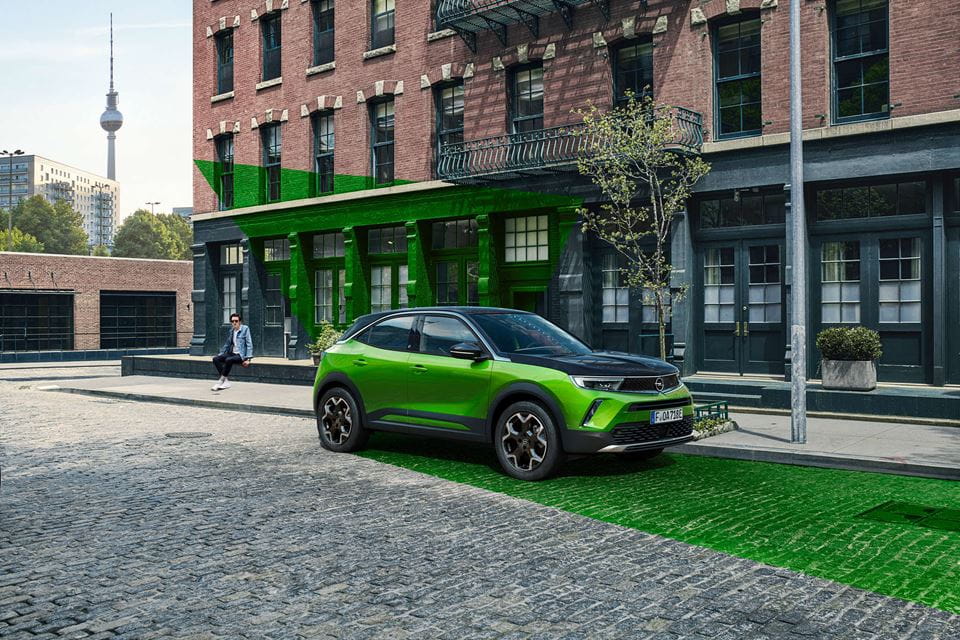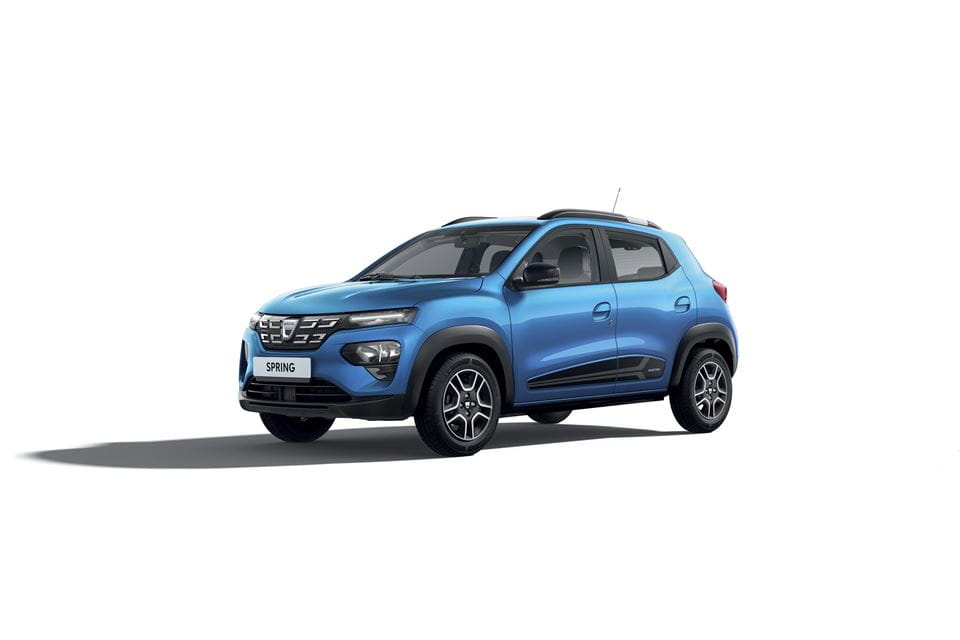Dacia Spring electric or Opel Mokka-e?
An Electric Spring is in the Air
Get ready to embrace the zero-emissions, low-cost reality of two new electric SUVs on the block that are turning heads for different and delightful reasons. The Dacia Spring Electric—a super cheap and urban-friendly option—and the Opel Mokka-e—with a distinctive, new design and more up-to-date tech than its predecessor. But how do these two EVs compare on price-for-perks, power, and style? Let’s break it down.
.png?rev=36a7fe50f0764a01b10436b810ff4c2f&mw=480)
Opel Mokka-e
Opel Mokka-e
Weighing in on the other side, the Mokka-e is a smart, stylish option that stands out for its sharp and distinctive lines, up-to-date interior, and useful onboard tech. The decluttered interior features a dashboard dominated by its branded ‘Pure Panel’—two widescreen displays designed to show you everything you need to see and nothing more. Breakthrough tech additions include adaptive cruise control and lane-keep assist. Wireless charging is supported, and Apple CarPlay and Android Auto are standard across the range.
Dacia Spring electric
The first electric offering from the famously no-frills, Renault-owned, Romanian car brand, the Dacia Spring offers quite a lot for a lot less. Touted as the cheapest electric car in Europe by its bosses, the Dacia Spring Electric is China’s Renault City-KZE in a European guise. Despite its adventurous look and record-breaking roominess, Spring Electric is a true city-dweller with modest dimensions. With a range of 225 km in the WLTP cycle (295 km in WLTP City), it offers great versatility for both urban and suburban use.

Design & Tech
The Mokka-e is the first car under the Opel banner to debut a new design language and features more angular lines, sharp creases and a floating roofline. The tall bonnet (which you can see from the driver’s seat) gives you the impression that you’re driving a ‘proper’ sports utility vehicle, even though the Mokka-e is only slightly taller than a regular small hatchback. Opel also mounted the seats quite high up, to give drivers a more commanding view of the road. The Mokka-e has a slightly simpler range of trim levels than the conventionally powered car, starting with SE Nav Premium and topping out with the fully laden Launch Edition.
Dacia’s EV is small all over, from its little battery pack (27.4 kWh) to its tiny turning circle (9.6 meters) to its super low price—but it’s big on perks all around. Its petit proportions (length 3.73 meters) place it somewhere between the Volkswagen Up! and MINI hatchback in size. But it’s bulked up with some SUV styling cues— like above-average ground clearance, chunky wheel arch cladding and roof rails. Air-conditioning and electric windows are standard, and for just a little bit more money, a 'Comfort Plus' pack adds leather-look seat covers, metallic paint, a full-size spare wheel, parking sensors, a reversing camera, DAB digital radio, sat nav and smartphone integration.

Power & Drive
Under the Mokka-e's stylish bodywork is a quiet powertrain that adds a level of refinement to the driving experience and a good balance between efficiency and performance. It uses a 50kWh battery mated with a 134bhp electric motor, and you can charge it up to 100kW. It won’t shove you back in your seat like a Tesla or some other electric cars, but it will take you up to motorway speeds— or 0 to 100km—within 8.7 seconds.
The Dacia Spring is equipped with a 43bhp electric with 125Nm of torque paired with a 26.8kWh battery, which according to official WLTP testing allows for a range of 295 km of range on a single charge. The Spring promises to excel in maneuverability with a tight turning radius of 4.8 meters—only 20cm greater than that of a Honda e—so it’s very easy to park–a welcome urban-friendly feature.
Conclusion
The Dacia Spring is a city car and extremely fit for purpose, with plentiful perks for a very low price. The second-generation Mokka-e offers a respectable range and strong real-world economy making it a worthy rival.

.png?rev=19a0fd6598ea4c4399e8809675cb7d92&mw=480)